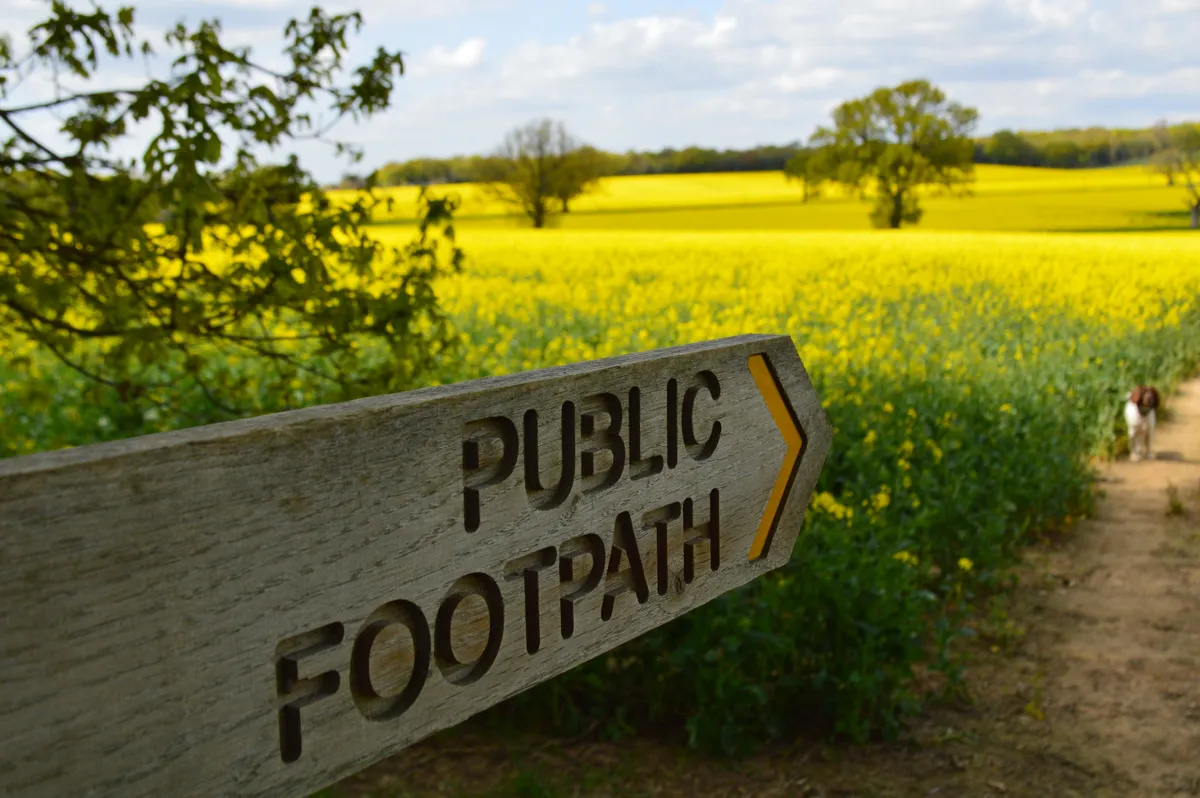A red-faced farmer waving an angry fist used to appear on television every weekend in my childhood. The animated public information film Joe and Petunia, featuring two crop-trampling litterbugs, would urge viewers to follow the Countryside Code with a warning not to irritate locals.
These days, furious farmers – even cartoon ones – are rare, thankfully. Fifty years on, the Countryside Code has changed, too, with a refreshed message encouraging people to respect, protect and enjoy the great outdoors. Still at the heart of the code are basic guidelines for ramblers, riders and visitors of all types to bear in mind: stay on paths and bridleways, don’t drop litter, leave gates as you find them and keep dogs under control. So far, so sensible. But while there are guidelines for countryside explorers, there are also responsibilities on farmers. The majority of the British countryside isn’t wild and untamed. It’s cultivated and cared for by the nation’s farmers and landowners, who have shaped and sculpted fields, pasture, woodland, foothills and river valleys over generations.
Even vast tracts of open countryside – miles from the nearest village and only ever glimpsed from train windows on long railway journeys – are more often than not the result of human intervention. Without farmers, the ‘natural’ landscape of the British Isles would quickly become an overgrown tangle of shrub, wiping out the beautiful scenery we all love and killing off biodiversity.
As well as being guardians of the countryside, farmers and landowners tend thousands of miles of footpaths, bridleways and byways that criss-cross the country. We have a responsibility to keep rights of way clear and must cut back trees or brambles that obstruct footpaths and bridleways. In fact, it’s a criminal offence to wilfully block a public right of way.

So, what about footpaths that run across arable fields? Does a farmer’s right to grow their crops unhindered trump the public’s right to roam, or is it the other way round? Well, it depends. Farmers are allowed to cultivate land that includes cross-field footpaths but as soon as the crop has been sown or harvested and other work has finished, the path must be reinstated.
Specific rules for livestock farmers make them accountable for the safety of walkers, too. Farmers can be prosecuted if they keep potentially dangerous animals on land that’s crossed by a public right of way, while the Government has banned certain breeds of bull from such places. Farmers also have a duty of care towards stiles and gates, which have to be maintained and repaired “in a condition that makes them safe and reasonably easy to use”.
And so we should. These are things I’ve always taken very seriously. Like many farming families, we have gone beyond maintaining rights of way and have created informal routes across our tenanted farm for the public to enjoy. One is a Wildlife Walk through wildflower-rich limestone grassland; the other is a Woodland Walk, which includes a conservation area and an observation hive to watch our colony of honeybees at work. I like to think there’s no need for those old Joe and Petunia films any more and definitely no room for a fuming farmer wielding a cartoon walking stick.
